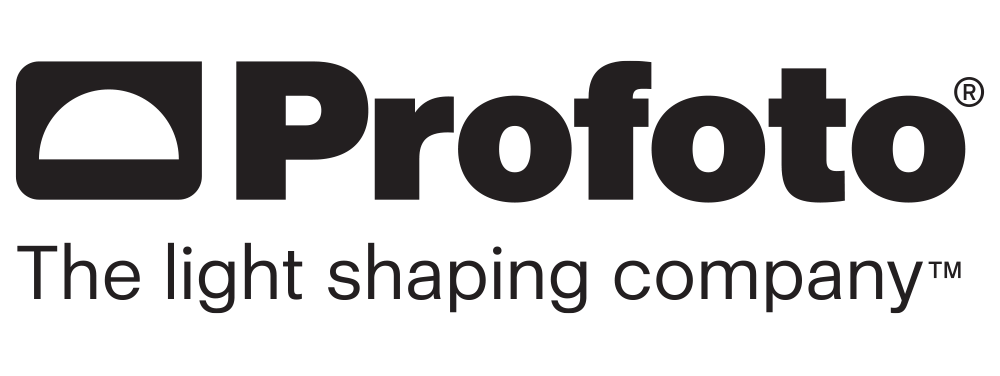For several years my battery-powered off-camera flash ‘system’ has been a mishmash of equipment. I had a matched pair of optically-triggered speedlights with TTL, a fully manual radio-triggered strobe (discontinued), and a fully manual radio-triggered speedlight (discontinued). My light modifiers were another collection of umbrellas and softboxes from various manufacturers assembled with little rhyme or reason. Clearly, I didn’t have much of a ‘system’ and it certainly wasn’t very modern. It was time for something better.

Having a real system of lights in multiple sizes using the same light modifiers and the same radio controllers/receivers was important to me. Pretty quickly my choices for strobes came down to Godox (variously branded as Godox, Neewer, FlashPoint, and perhaps others) and Profoto. There are many other brands, but they don’t have the breadth of options these two do.
Godox and Profoto offer strobes for on-camera, off-camera (battery-powered), and studio (AC-powered) use. Their strobes all have built-in radio receivers and both offer radio transmitters for the big camera brands (Nikon, Canon, FujiFilm, and Sony). Godox also supports Olympus/Panasonic and Profoto supports Leica. Each provides for the option of both Through the Lens (TTL) exposure control and High Speed Sync (HHS).

Of course, the huge difference between Godox and Profoto is the price; Profoto can be 3 times the price of Godox. Some of that price difference is certainly in the name and reputation. Godox is a Chinese company manufacturing in China; Profoto, a Swedish company, has its equipment made worldwide. But some of that price difference is also in the design, quality, and support. Godox does not currently have any support in the US beyond their major sales outlets (primarily B&H for Godox and Adorama for FlashPoint). Their 100ADpro and V1 are widely reported as having a green color cast which suggests their designs may be lacking. Profoto is solid, well-supported, professional-grade equipment in every sense.
Light modifiers have many more companies to choose from, but Glow (an Adorama brand) and Profoto are viable options for the whole scope of lighting modifiers from small speedlight octas up through the largest studio softboxes. Godox’s line of light modifiers is not well-reviewed. Profoto has the edge with its innovative OCF II line of softboxes, grids, and gels while Glow has the very nice EZ Lock and ParaSnap systems.
For strobes, I opted for used Profoto equipment; the cost of new being prohibitive for an amateur/hobbyist photographer. The now discontinued B2 system seemed right for me and I was able to get two Location Kits on eBay for a reasonable price and in good condition. That gives me 250 Ws of power from each pack and a total of four heads to distribute that power between. I’ll write more about my experiences with that system after I’ve had some time to learn it and do a little bit of shooting.
I’m still settling on my choice for lighting modifiers; both Glow and Profoto offer what I need. I have one softbox from each to try out: an OCF 24″ Octa by Profoto (bought used from Adorama) and a new 36″ EZ Lock Octa by Glow. As you might imagine, the Profoto OCF Octa is well suited to the B2 heads. The OCF II line of gels and grids make it easy to quickly chnage modifiers. Just as with the Godox comparison, the Profoto gear is a good bit more expensive than the Glow equipment.

Leave a Reply